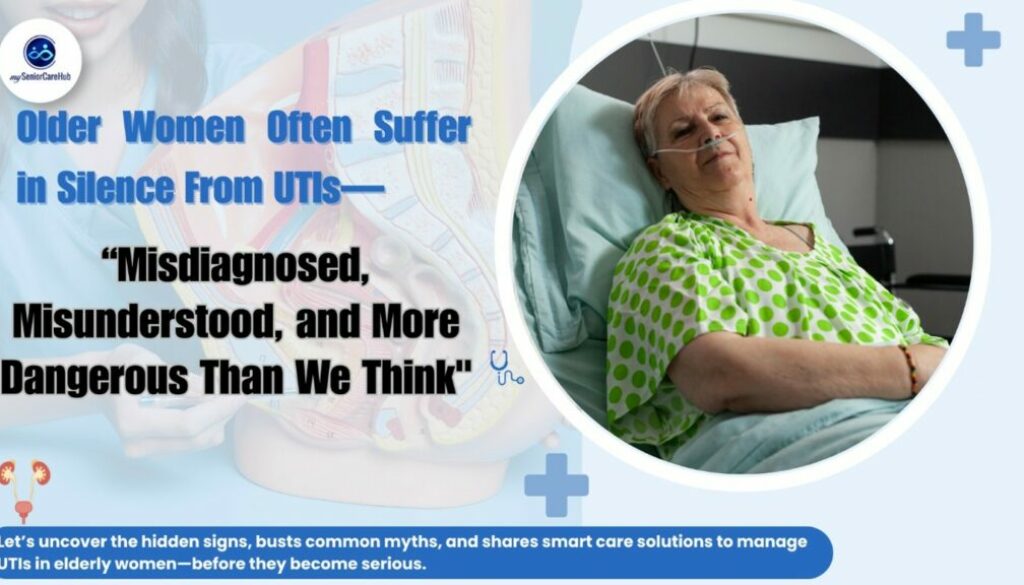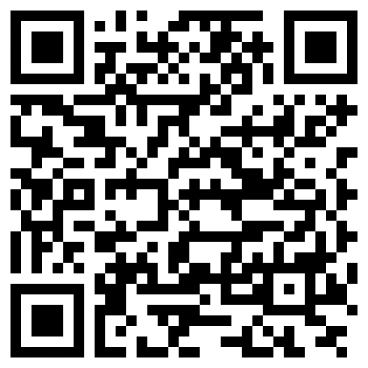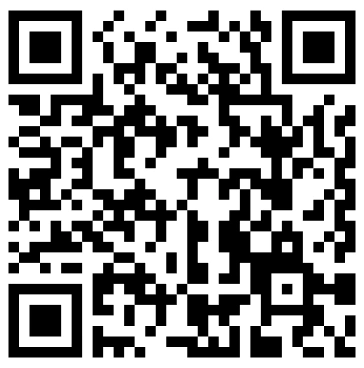Frequent UTIs in Elderly Women: What No One Talks About
What Exactly Is a UTI and Why Are Elderly Women More Prone with UTI?
A urinary tract infection (UTI) happens when bacteria (usually E. coli) enter the urinary system. While UTIs are common at all ages, they’re more frequent and often more serious in elderly women. Here’s why:
- Weakened immunity with age makes it harder to fight off infections.
- Menopause leads to a drop in oestrogen, thinning the vaginal walls and making the urinary tract more vulnerable.
- Catheter use and limited mobility can introduce bacteria.
- Incontinence can cause poor hygiene conditions, especially if not managed well.
Symptoms: What Makes It Tricky in Older Women?
Unlike younger women, elderly women often don’t experience the “typical” UTI symptoms. This leads to delayed diagnosis and serious complications like kidney infections or even sepsis.
| Typical Signs | Often Overlooked in Seniors |
| Burning while urinating | Confusion or sudden agitation |
| Urge to urinate frequently | Lower abdominal pain |
| Cloudy or foul-smelling urine | Fatigue or low-grade fever |
| Pain during urination | Delirium, withdrawal, or irritability |
This is why monitoring mood, energy levels, and overall well-being daily matters. Here’s a breakdown of the most common myths, the truth behind them, and how smart care tools like mySeniorCareHub can help.
Myth 1: “Drinking less water helps avoid UTIs.”
Reality:
It increases the risk. Dehydration concentrates urine, providing bacteria a perfect breeding ground.
Smart Solution:
Hydration nudges from mySeniorCareHub gently remind elders to drink enough water throughout the day, without making them feel nagged.
Myth 2: “UTIs are always evident, such as by burning or pain.”
Reality:
Symptoms in older adults may be ambiguous or out of the ordinary. Confusion, fatigue, irritability, and even minor falls could be early signs.
Smart Solution:
The app’s symptom tracking and daily health check-ins can identify changes in vitals, energy, and mood before the infection worsens.
Myth 3: “She’s just getting old, it’s normal to act like this.”
Reality:
Mental fog, withdrawal, or agitation are sometimes dismissed as ageing signs. In reality, they could be signs of an untreated UTI.
Smart Solution:
The Wellness Score feature in mySeniorCareHub rates key vitals daily and sends alerts for anything unusual, helping family members notice red flags early.
Myth 4: “She already took her medicine—I’m sure of it”
Reality:
Missed or incomplete antibiotics are a major reason UTIs return and bacteria become resistant. Many seniors forget doses.
Smart Solution:
The Medication Reminder feature of the app ensures that no dose is missed for elderly women who live alone or have memory issues.
Myth 5: “Wearing adult diapers keeps things clean.”
Reality:
Due to trapped bacteria, nappies can raise the risk of UTIs if they are not changed often or cleaned appropriately.
Smart Solution:
mySeniorCareHub lets caregivers schedule hygiene alerts, cleaning routines, or checklists—even from afar.
Myth 6: “If she’s not complaining, it’s nothing.”
Reality:
Elderly women may avoid speaking about discomfort out of embarrassment or confusion. Some may not even recognize the symptoms.
Smart Solution:
The app prevents silent health issues from going unnoticed by providing caregiver-connected features and daily prompts.
Final Reminder
Recurrent UTIs are more than just a discomfort—they can lead to kidney infections, sepsis, and long-term hospitalization in the elderly.
Caring isn’t just about watching—it’s about tracking, reminding, and noticing.
Tools like mySeniorCareHub bridge that gap with dignity, care, and timely support.








